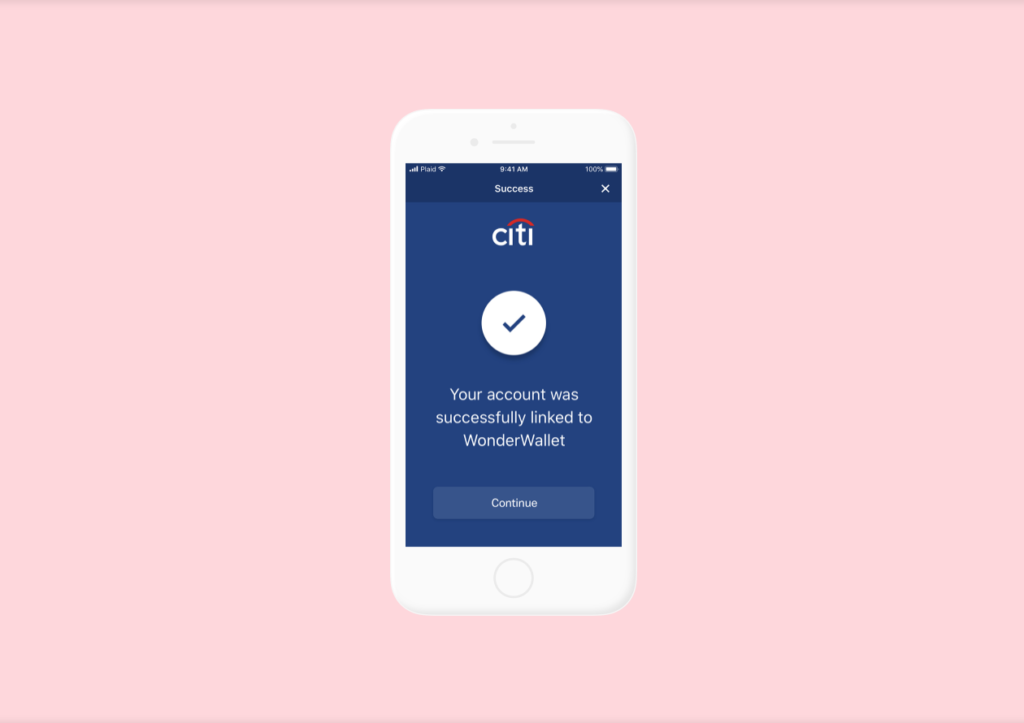
Forms of Financial Data Aggregation: Old and New
Amy Hou | February 4, 2019 | Credit & Lending
If one thing is certain about the fintech landscape, it’s the presence of constant change. We can see it clearly within lending and credit reporting: alternative lenders and traditional bureaus alike are championing new methods of qualifying credit applicants, and no two methods look the same. Among these myriad trends, financial data aggregation and account aggregation have emerged as leading tools. Of course, they’re not immune to change, either.
The rise of financial data aggregation
Let’s start from the beginning. Financial data aggregation arose as an answer to a very specific question: How can lenders get easier access to the multitude of data out there on consumers? And, how can they ensure that they’re getting the most recent and accurate data?
It used to be simpler. The big three credit bureaus were the go-to place for data on a consumer’s name, address, payment history, and credit score. And for many traditional banks and lenders, they still are. But over the last few decades, financial inclusion has become a growing priority, and people have set out to expand credit access to the more than 50 million unscorable consumers in the U.S. alone.
Get to know the underbanked, and learn how to help them, in our guide.
Traditional data sources were no longer enough for everyone. A new solution was needed, and that’s where financial data aggregation came into the picture.
Key players
The best known form of account aggregation is banking data aggregation. If you aren’t familiar with the term itself, you’ve likely at least heard of some major players in the field: Yodlee, Plaid, and Finicity.
Plaid lays out the need for financial data aggregation clearly: “Lenders must gather holistic pictures of their applicants, but the process of collecting income information, account balances, and asset history creates considerable work for both the borrower and lender.” As a solution, Plaid offers a simple, streamlined way for consumers to connect their bank accounts to a financial service, so that their transactions and assets can be validated in real time.
Yodlee also emphasizes a quick and easy user experience in its interface. Yodlee’s Envestnet Platform provides permission-based access to over 16,000 data sources, all through an intuitive API that allows consumers to add and link their accounts in seconds.
Finally, Finicity has put an interesting spin on banking data aggregation with its API. It offers similar forms of aggregation and verification on transactions, income, and assets. But more recently, Finicity also partnered with Experian to launch Experian Boost, which extrapolates creditworthiness from utility and phone bill payments listed in consumers’ bank statements.
New forms of account aggregation
With product innovations like these, it’s clear that lenders and CRAs are motivated to explore new forms of financial data aggregation as they build credit profiles for the unbanked and underbanked. Utility and telecom payments, in particular, stand out as a reliable predictor of credit risk. Nearly everyone has a utility bill or phone bill to pay, so those accounts reveal a steady record of whether a consumer pays their bills on a regular basis.
However, lenders haven’t fully mined the rich new sources of financial data yet. Aggregated utility payment data can provide important additional context for a consumer or small business’ credit history. Urjanet’s Utility Data Platform enables user-permissioned access to utility account data directly from more than 1,000 utility and telecom providers worldwide.
By retrieving account history directly from utilities, lenders can gain even more visibility. Not only can they see whether someone pays their bills regularly; they can also see whether they paid their bills in full and on time. Best of all: with Urjanet’s plug-and-play interface, linking a consumer’s utility account can be just as easy as linking a bank account.
Linking a consumer’s utility account can be just as easy as linking a bank account.
Key players in account aggregation, like Yodlee, Plaid, and Finicity, have opened the door to a wealth of new data points on consumers and small businesses, so that those who were locked out of credit access before can prove their responsible fiscal behavior. The next step, then, is to keep pushing the boundaries and ensure that innovation doesn’t stop here.
To learn more about how Urjanet can help you build more holistic applicant profiles with permission-based access to utility payment data, request a demo today.
You may also like:
- A Comprehensive Guide to Alternative Data Sources
- 3 Ways to Assess Credit Risk with Utility Payment Data
- Top Alternative Credit Scoring Companies to Watch in 2019
If you like what you’re reading, why not subscribe?
About Amy Hou
Amy Hou is a Marketing Manager at Urjanet, overseeing content and communications. She enjoys writing about the latest industry updates in sustainability, energy efficiency, and data innovation.

